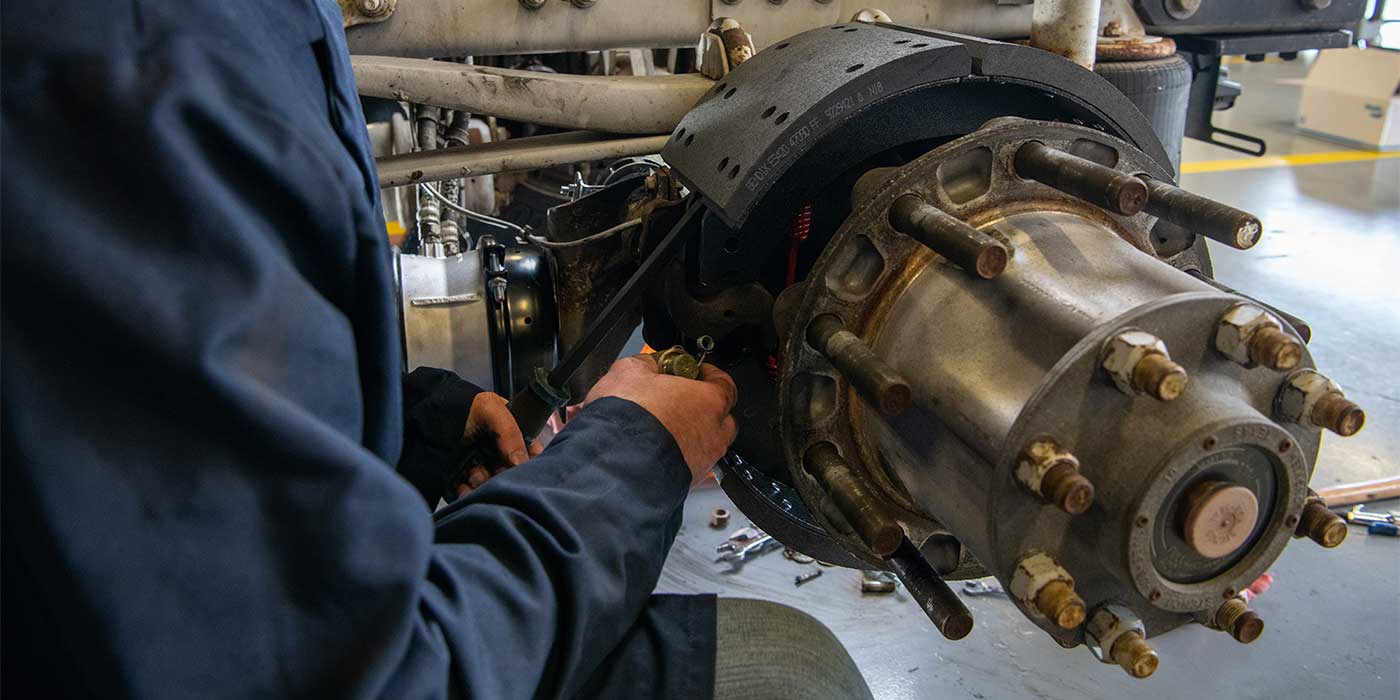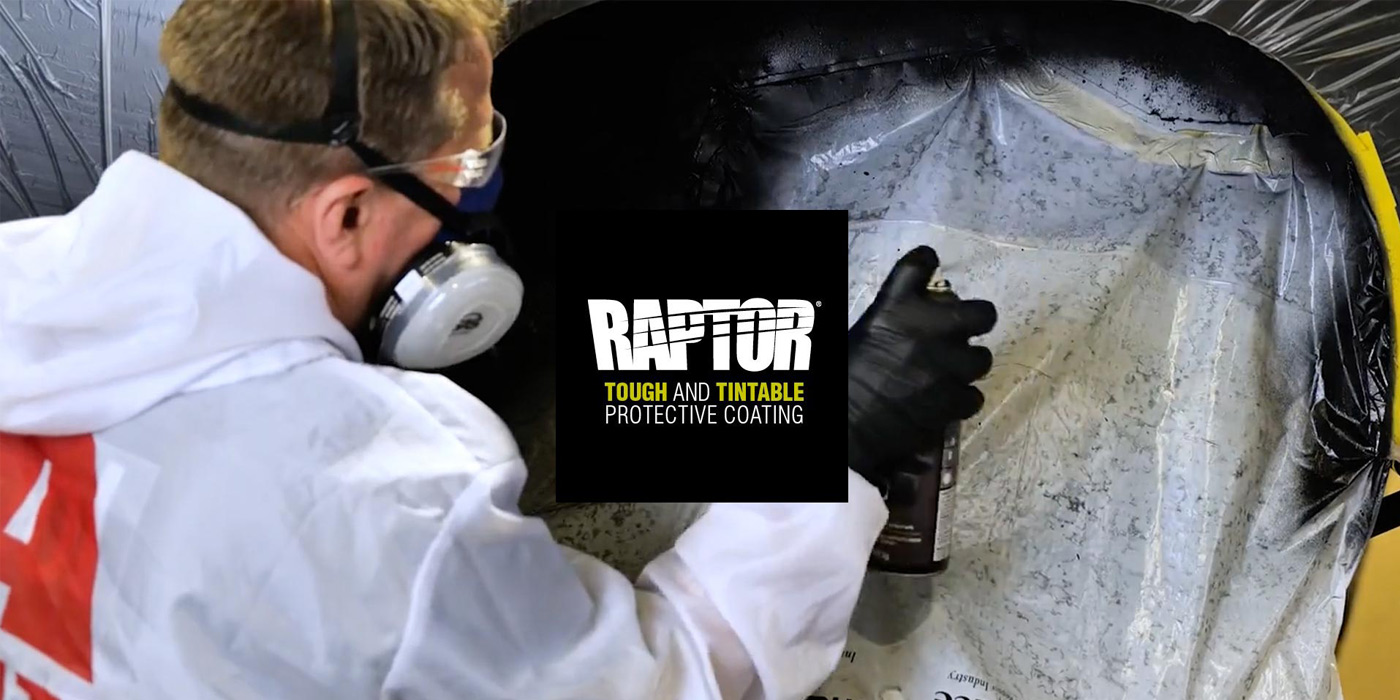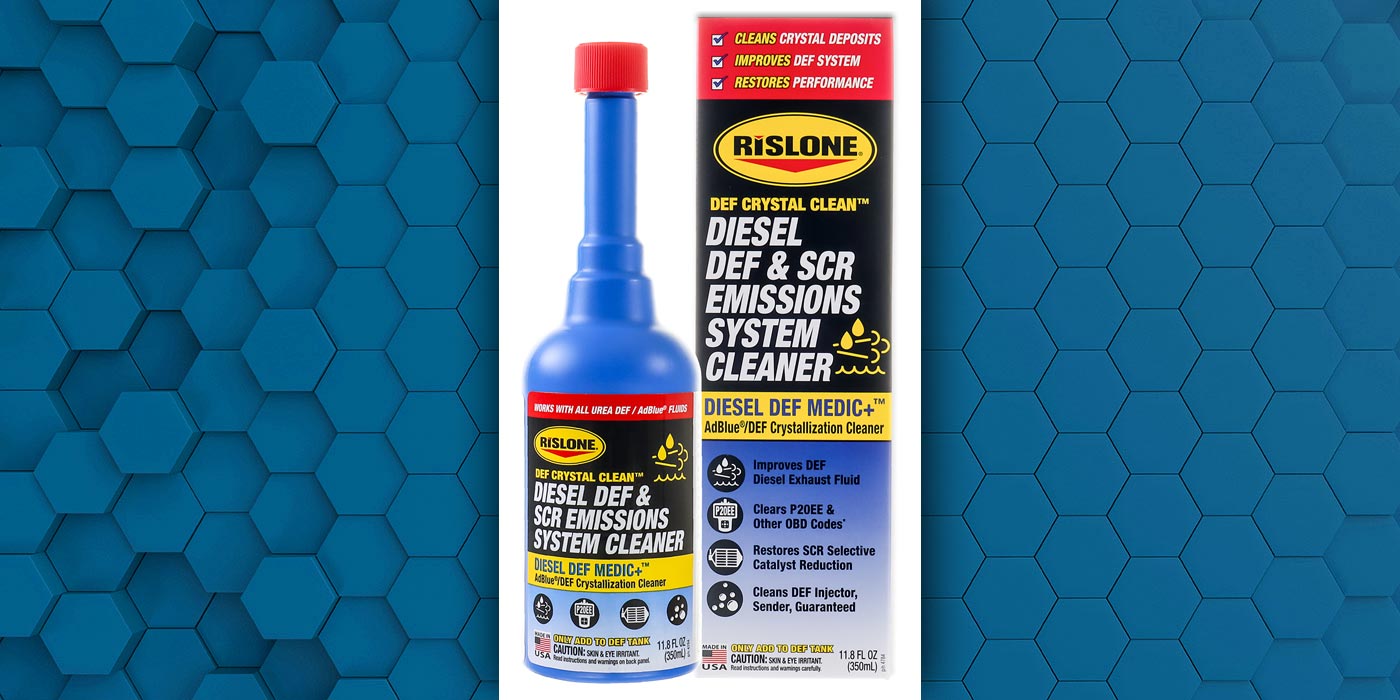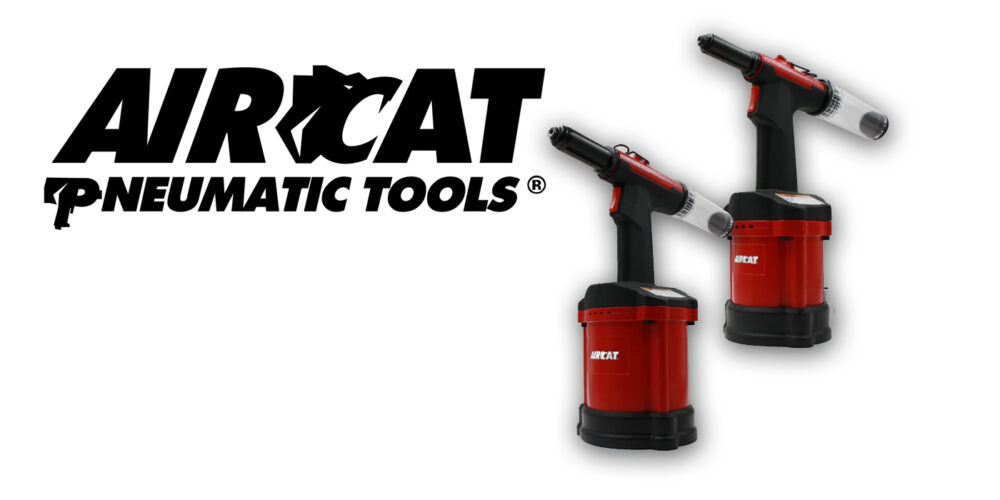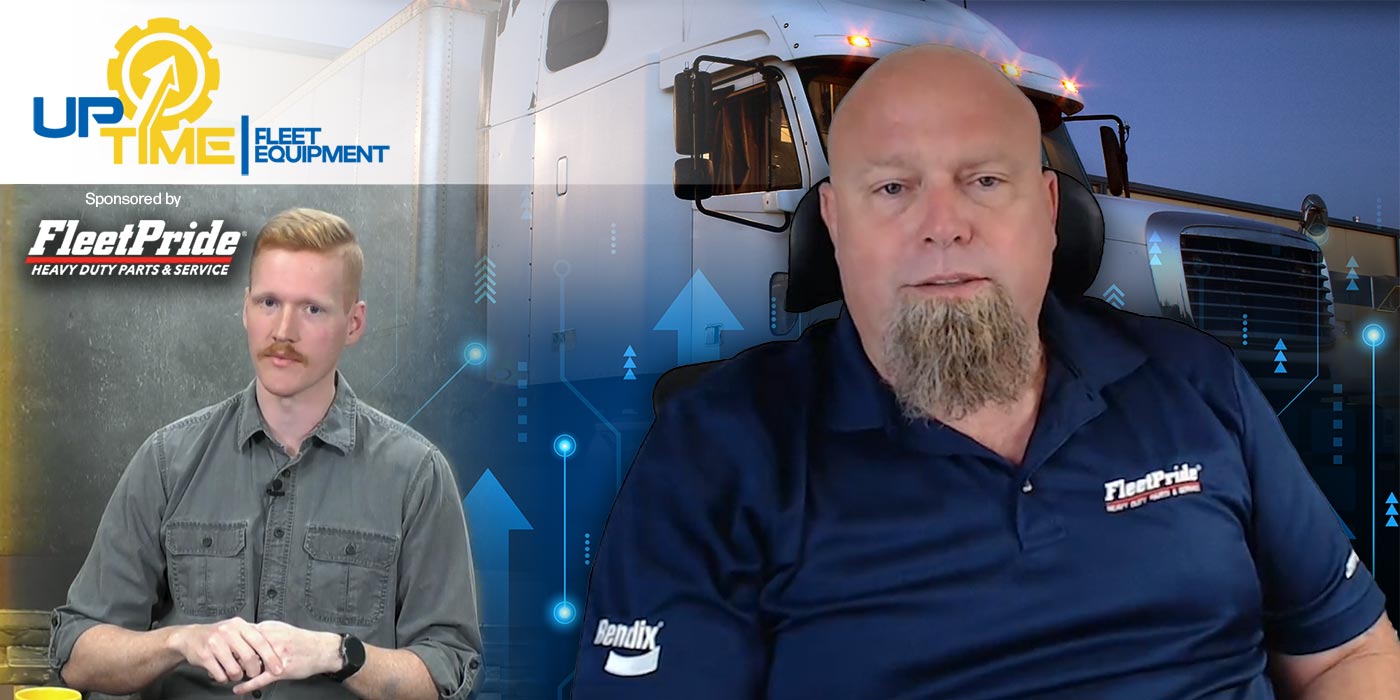Moving work quickly and accurately through the shop remains a high priority for a successful operation. Scheduling, parts availability, service equipment and technician skill work need to happen in unison to maintain the high standards demanded in a professional shop. However, for technicians, the pressure to do more with less time and effort can lead to errors.
Jumping to conclusions when it comes to electrical diagnosis may result in misdiagnosis, additional time spent and unnecessary part replacements. To improve speed and accuracy in electrical diagnoses, however, sometimes it’s necessary to slow down and be mindful to basic details needed for diagnosis.
Case in point: A lesson in thoroughness
A truck equipped with an automated transmission was brought into the shop with a transmission code associated with the clutch’s failure to fully release.
Using a scan tool, the technician attempted to run the clutch apply leak test, which yielded an inconclusive result. Assuming there was a problem with the clutch, the tech proceeded to remove the transmission to conduct clutch component inspections.
However, to the tech’s surprise, all clutch measurements were within specification, indicating that there were no mechanical faults. Now, frustrated and more than a little puzzled, the tech reinstalled the transmission and restarted the testing procedure since the code quickly reset.
Taking a moment to reset
Slowing down, taking a deep breath and starting the testing procedure from the beginning, the technician discovered a crucial step in the procedure that had been overlooked. It stated that before any other testing could be carried out, the air pressure to the transmission needed to be verified at more than 100 PSI.
This preliminary pressure test would ensure that the necessary supporting elements for proper operation were in place. Unfortunately, this step had not been performed initially. This resulted in the inconclusive scan tool test because there was insufficient air pressure to release the clutch. Additional testing revealed a faulty air governor, which was promptly replaced. The transmission then worked properly, and the code did not reset.
The cost of skipping preliminary testing
By skipping the preliminary test step of checking for air pressure, the shop lost an entire day’s worth of productivity. Many diagnostic tests contain preliminary testing to ensure the system in question has all the inputs needed for the system to work properly.
These preliminary steps may get skipped for various reasons:
- Lack of awareness about their importance, assuming that anything relevant would also be detected during subsequent testing.
- Time constraints associated with carrying out the preliminary tests.
- Past experience in which the technician experienced the problem before, and the fault was typically found downstream from the preliminary tests.
Preliminary testing steps may appear time-consuming and unnecessary, as they often don’t directly lead to problem resolution. However, these tests help to ensure accurate results in subsequent testing. While they may not always uncover the issue, they help establish a solid foundation for the diagnostic process.
Therefore, taking the time to perform thorough preliminary testing can prevent costly mistakes and save valuable time in fleet shops. Slowing down, paying attention to detail, and adhering to the diagnostic procedures can lead to more accurate diagnoses, efficient repairs and increased productivity in the long run.


